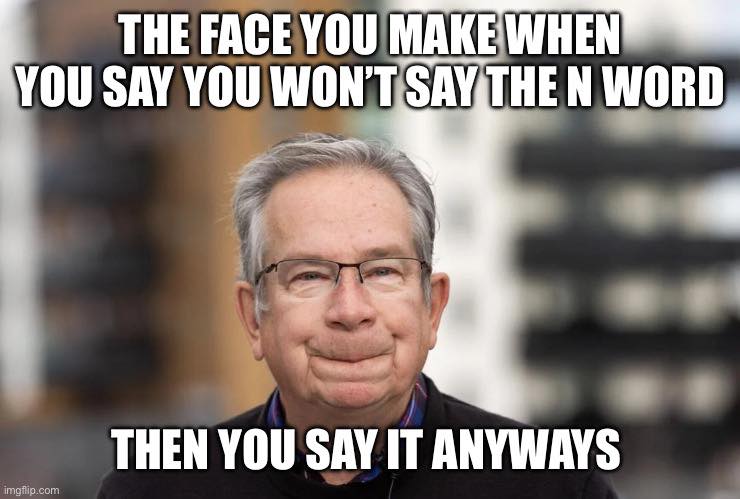6
Section One: The Fundamentals
A) Keywords
Exercise 1:
Provide a brief definition of one of the padlet keywords for this week.
| Third Age:
This is the time in the life of a privileged, financially stable, able bodied, person without too many medical issues would be enjoying working less, parent less and said to be enjoying life more.
|
B) The Social Significance of Aging in Sport
Exercise 2: Notebook Prompt
How is old age popularly represented today? Find an image online that you think exemplifies one defining attitude towards old age and paste in your notebook below with a brief explanation of what this image means to you.
| https://ecampusontario.pressbooks.pub/app/uploads/sites/5413/2025/04/old-ppl.avif
Old age is presented as a happy time to enjoy the hard work an able bodied, financial stable and likely white presenting person worked for their entire lives.
|
Exercise 3: Notebook Prompt
What does the article (referencing another study by Dionigi) mean by its statement that sport can help aging people to simultaneously “accept and resist the ageing process” (572)? Respond by audio or text and find paste two images sourced online into your notebook showing how sport might help aging people to both accept and resist the aging process.
| It can help accept and resist the ageing process because it promotes positive mental health and a healthier physical body leading to longer and happier life. It also combats the ideal of frail aging and encourages social activity for a population that is often isolated. All of this also provides a sense of physical competence that will provide confidence in participation. |
Exercise 4: Notebook Prompt
Who are the groups less likely to have extensive opportunities to take part in sports, according to Pike? How does privilege factor into aging and sport? (200 words max)
| Those who do not have the physically fit bodies are less likely to have extensive opportunities to take part. Those who live in poverty are also less likely then would have less access to equipment or finances for fees. Where you live may play a part. Not everyone can travel to where the sports are being accessed. Ability, age, body size, these also play a part in opportunities to sports. This means that those who are frail, or living with disabilities, minority ethnic groups, those in long term care homes and rural communities will be less likely to access sports.
|
Exercise 5: Padlet Discussion
Why do you think age discrimination is “reported more than any form of prejudice” with older people presented as a threat to social values and interests? Feel welcome to use video in your responses. Paste your comments (or transcript of your video) below!
|
I think Age Discrimination is reported more because the third age is more likely to have the time to invest in the systems, maybe more money if needed, or even those who are younger reporting for those who are older and vulnerable. I think a lack of understanding of change and a lack of acceptance for change has been quite problematic and likely contributes to the prejudice that older people are feeling. When we look at older people being a threat to values and interests on the younger generations I will leave a meme.
|
B) Older Women and Sport
Exercise 6: Notebook Prompt
What differences do you see in these ads? Which one is more inclusive? How is age represented or not represented in each? Answer these questions in your notebook.
| The second add is more inclusive. The difference is slim bodies, young ages, and ability to perform. Age is represented in the first video as what is considered optimal for sport, young. There is no third age representation in this video. The second video represents all ages and body shapes and sizes.
|
Exercise 7: Notebook Prompt
In her article, “Assessing the sociology of sport: On age and ability,” Elizabeth Pike references a “trend towards a ‘feminisation of ageing’, with many women living longer than men” (573). Do you agree that aging has been “feminized” in this way? How? Answer these questions in your notebook.
| I’m not sure I understand the question. It is a fact that women live longer than men, however I am unsure that aging is feminized due to this. There is no follow her lead because she will live longer. In fact it is noted in the articles that aging women are less likely to participate in sports or physical activities due to social barriers and personal insecurities.
|
Section Three: Module Mini Assignment
|
|


